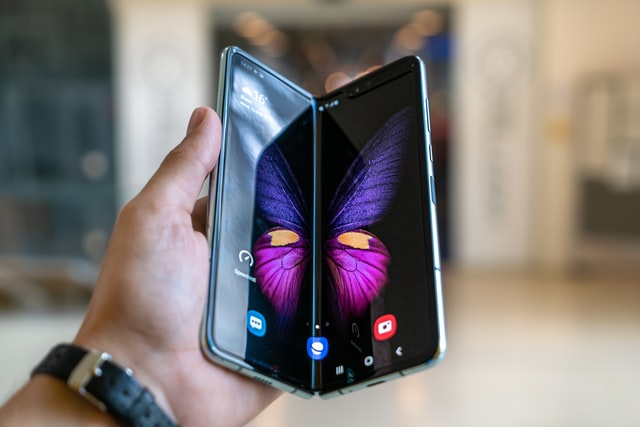Eye-catching, nostalgic, innovative, and immersive — that’s how best to describe foldable phones. The world’s leading smartphone manufacturing companies like Samsung, Xiaomi, and Huawei are already investing heavily into this game-changing technology. According to Statista, the estimated number of shipments of foldable phones will reach 100 million in 2025, and this count is expected to exceed the 30 million mark by the end of 2021.
Meanwhile, smartphone users tend to spend more than 90% of their time on apps. A typical smartphone owner uses 30 apps frequently — but are these apps prepared for foldable phones?
Factors to consider when developing apps for foldable smartphones
For app developers, the resurgence of foldable devices poses a very serious question: How will this impact app development? Here are the factors you should have in mind when creating apps for foldable phones:
1. App continuity is a no-brainer
Continuity in the context of foldable means one thing: allowing flawless and automatic transition from one screen to the other, minus lags or interruptions. To render better continuity of your application, focus on dynamic resizing. This will make the app more enriching to users and more compatible, no matter the functionalities and ecosystems of the device used.
2. Your app should be resizeable
The screen size of foldable devices is significantly larger than smartphones with typical touchscreens. However, the foldable technology features multi-window support that makes foldable phones more immersive and user-friendly. This brings the need to make your app resizeable to meet the multi-window demands of a foldable device.
3. Your app should cater to screen ratios
The form factors of foldable smartphones vary greatly, depending on the smartphone manufacturer. While some manufacturers opt for shorter, bulkier screens (think: Samsung Galaxy FOLD), other phones might feature long, thin screens (think: Huawei Mate X2).
You must test your application for different screen ratios. This ensures that your app is compatible with virtually any device. Use minAspect ratio as well as maxAspect ratio to determine the highest and lowest ratios your app can handle.
4. Multi-resume feature is key
There’s nothing more frustrating than one app getting paused when you open another, especially on a foldable display that allows users to work in multiple apps. To combat this issue, you must ensure your app allows for multi-resume support.
5. Test and test some more!
Before launching your first mobile app for foldable environments, it’s prudent to conduct edge-to-edge tests. This will allow you to pinpoint and fix lags or bugs related to screen ratios, multi-resume, continuity, and other features listed above.
Wrapping Up
On paper, developing apps for foldable smartphones looks like a daunting prospect. The truth, however, is that the entire concept is very similar to what you’ve been doing. With a team of skilled and adaptable programmers, coupled with intensive research on foldable devices’ unique features, developing apps for these groundbreaking devices can be extraordinarily productive and less stressful.





 0
0



